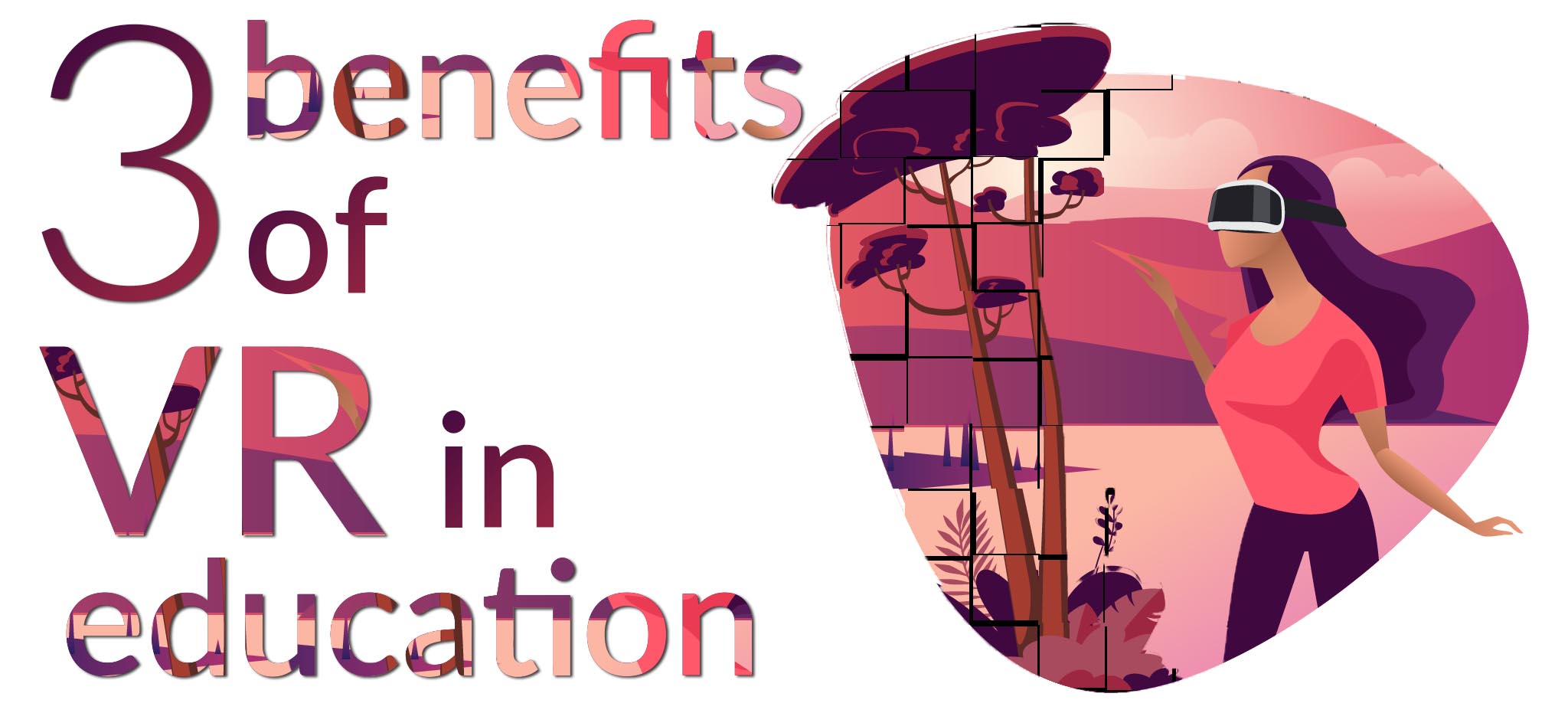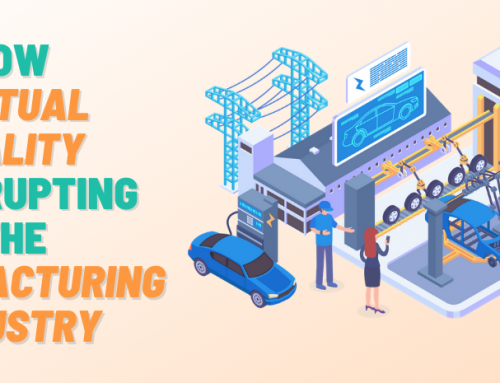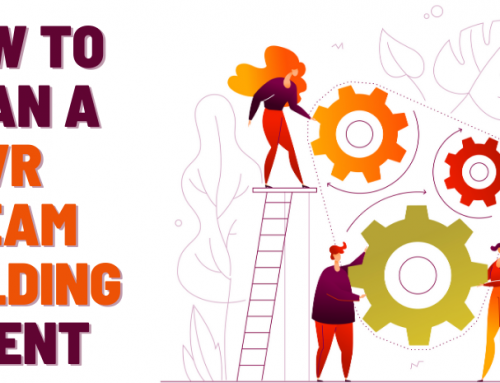
INTRO
Listening to a teacher go on and on about gastropods or fractals or an obscure moment in history no one knows anything about is far from interesting. Reading from textbooks and trying to memorize information is slowly becoming outdated.
Schools and teachers invested in education are always looking for new ways to help their students maximize their potential. From innovative teaching methods to taking the class outside for an unconventional lecture, to introducing new gadgets and props – no matter the age of the students, all of them appreciate unpredictability in their otherwise dull classes.
Every day new technologies and platforms are developed to improve the education system. Their primary goal is to spark interest and motivate the students to learn through a method that they haven’t seen before. It’s mind-boggling how much you and your students can achieve if you take an ordinary textbook out of the equation and come up with alternative ways of teaching.
One such alternative way has recently been gaining traction in the classroom – virtual reality, or VR. You will learn what Virtual Reality is, and what are the main benefits of virtual reality in education.
WHAT IS VIRTUAL REALITY?
VR is defined as an ‘experience’. It is a reality that exists completely in the virtual space, which you access through a VR headset. By putting on a headset, you are transported from the real world into a different, computer-generated one, where literally anything can happen. (Of course, your physical body is still in the real world, it’s just that (most of) your senses are immersed in virtual reality. It’s not the Matrix. Yet.)
In virtual reality, you can play sports, watch movies, fight alien overlords trying to take over planet Earth, play music games, hold business meetings, and do pretty much anything else you can think of. If there is VR software built for it, you can do it. This, of course, also includes learning through VR.
HOW DOES VR HELP IN EDUCATION?
While virtual reality is not a staple technology in every classroom yet, more and more schools are leaning on it to breathe life into the curriculum. Here are the three main benefits of using Virtual Reality in education.
1. CONTEXT AND VISUALIZATION
When you’re moving around in virtual reality, you’re not reading from a textbook. Depending on what the subject is, you could be living through the experience. Learn how whales feed by swimming in the water right next to them; witness the fall of the Berlin Wall first-hand; sit in the audience to hear how the greatest symphonic orchestras of the world play classical music.
VR provides context and visualization to pretty much any school subject. Teachers can use 3D shapes to explain geometry and provide helpful graphs, and students can play around with the concepts in real time. This not only makes learning fun and interactive, but it also improves retention for the students. After solidifying their knowledge in VR, they can recall information much better even in stressful situations such as taking a test.
In a recent study conducted by PWC, people who learned by using virtual reality were 4 times faster to train than in a regular classroom. In fact, what took some students 2 whole hours to learn in a regular classroom, took only 30 minutes by using VR. Students were also 4x more focused! As today’s pupils often tend to be impatient and distracted. A lot of students won’t even watch a full video when shown in class, and are more likely to be distracted by their smartphone. But with Virtual Reality learning, they are 4x more focused, and much less likely to get distracted, as in the virtual world, there are no natural interruptions, and ways to multitask, as the only content the student will experience, is the one he is intended to see.
2. INCREASED STUDENT MOTIVATION
Don’t you get excited whenever there’s a new electronic device? You want to learn more about it, see what it can do, perhaps try it out if you’re lucky. Children and young adults get so pumped about new technology! VR has been around for a while, but it has only recently started becoming more popular; there are still those who can’t wait to get their hands on a VR headset.
By incorporating VR into the lecture, you are bound to get the students clamoring who can try it first. It doesn’t matter that it’s not a real video game on the other side; they will want to try VR and, as a result, they will be thrilled by anything VR can teach them.
The same PWC study, found that students were 3.75 times more emotionally connected to the content that they had experienced in Virtual Reality, than in a regular classroom. Students simply better connect, remember and understand content that they are envolved with emotionally!
3. REMOTE LEARNING
Finally, especially in the wake of recent world events, VR offers a unique chance at remote learning. If the students are for any reason unable to attend classes, they don’t have to miss out on the knowledge. VR can host entire virtual classrooms where several students can learn at the same time, much like they do in real life.
And it’s not just remote learning. People and businesses all over the world are now trying to shift their focus towards better remote experiences, from simple meetings that can be held in a virtual environment, to whole conferences and expos as well!
Of course, there are many more advantages and benefits of virtual reality in education than just these three. We hope that this technology will soon become the center of learning in more ways than one, and that students and businesses all over the world will get to reap the benefits of such a powerful, intriguing system!


